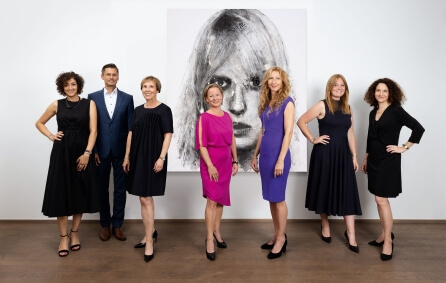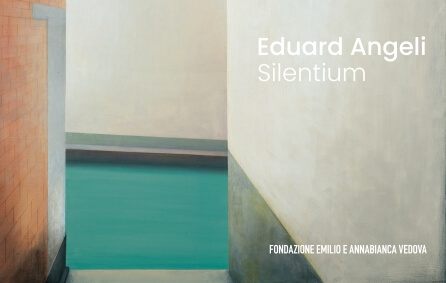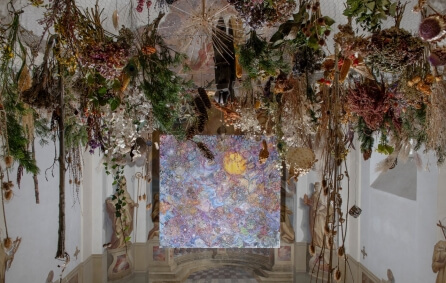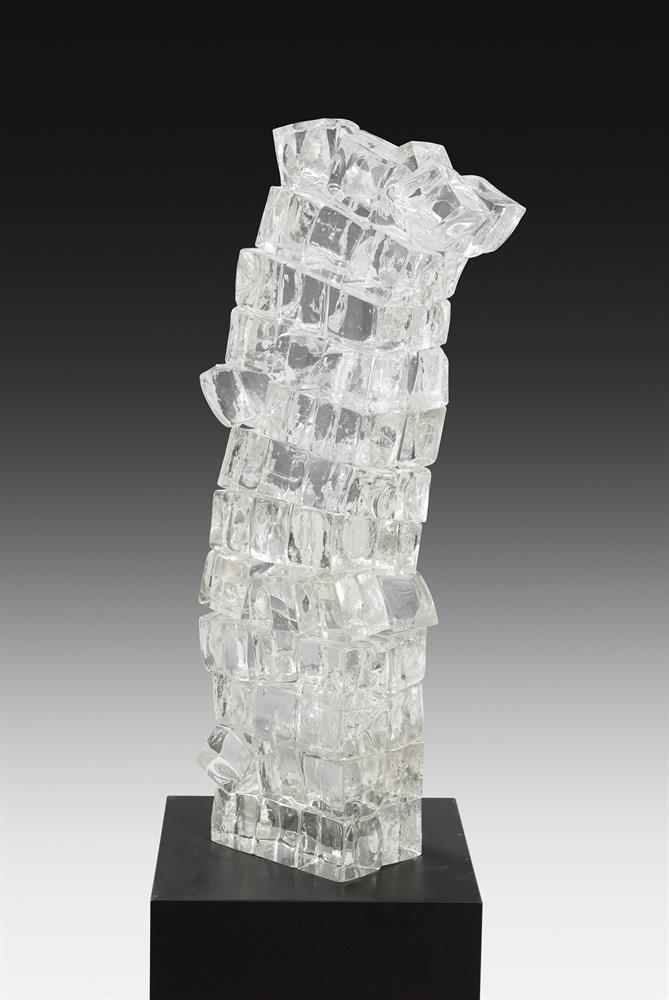
Tony Cragg
(Liverpool 1949)
The following artworks are for sale

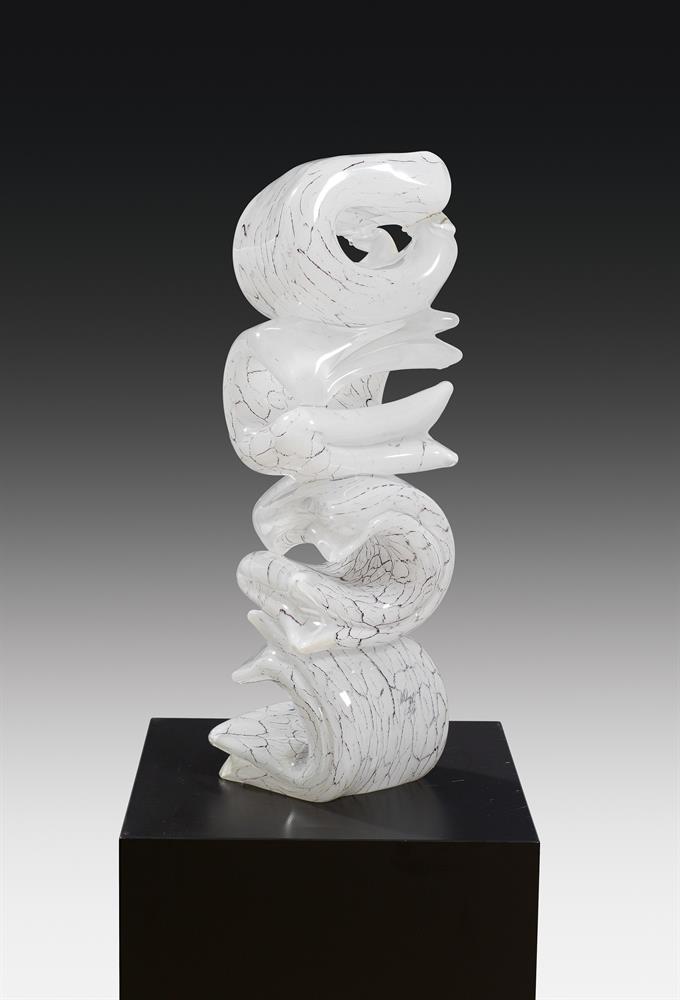
Cragg Tony Curl white (like marble) 2022
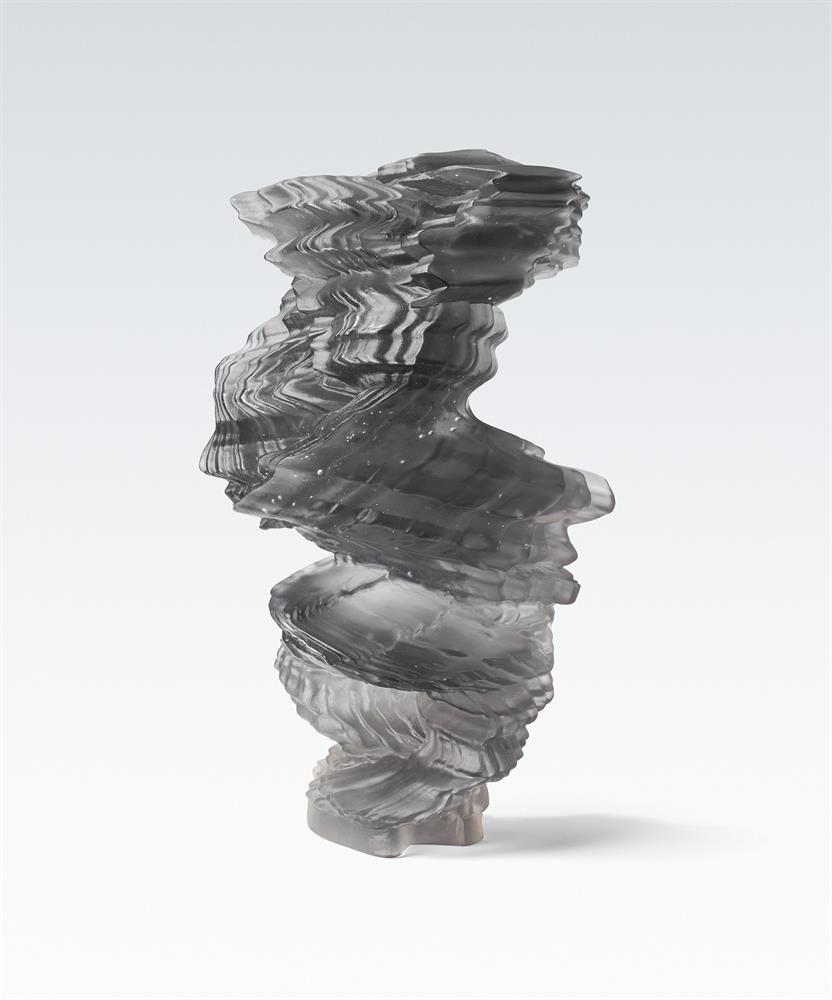
Cragg Tony Stacks (Grey) 2020
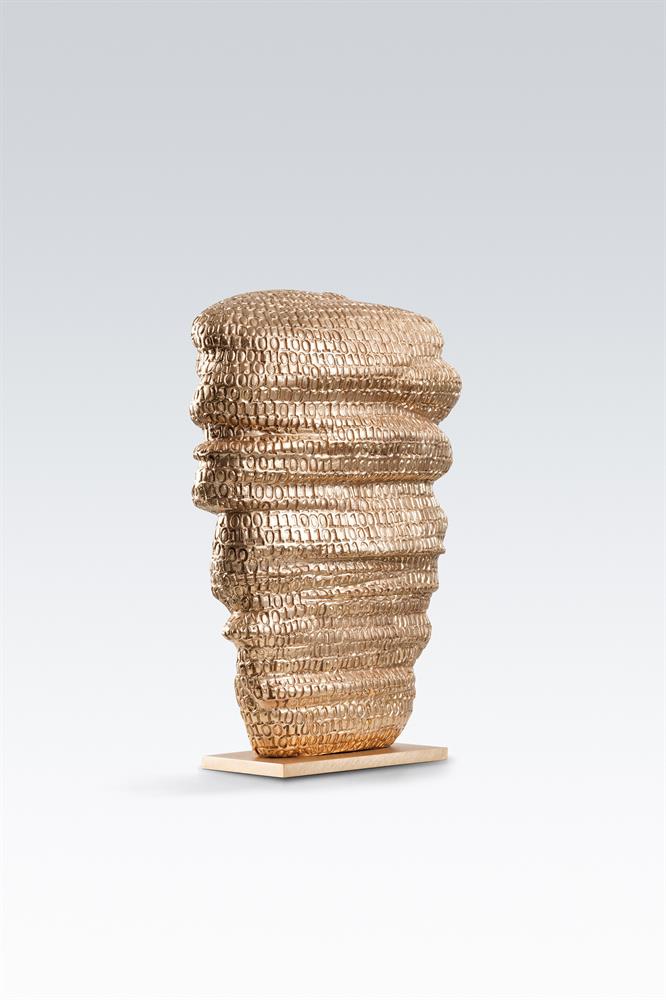
Cragg Tony Type Face 2021
Biography
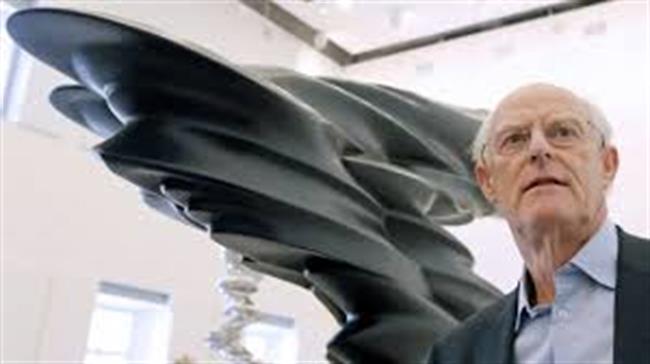
Tony Cragg is one of the most important contemporary international sculptors. Born in Liverpool in 1949, the British artist has lived in Wuppertal, Germany, since 1977. Here he initiated an art foundation and from 2006 created the Skulpturenpark Waldfrieden. After studying at the Gloucestershire College of Art and Design and the Wimbledon School of Art, he transferred to the Royal College of Art and Design in London in 1973. Initially interested in painting, he soon moved on to sculpture. During this time he also got to know the Land Art artist Richard Long, whose work he studied intensively. In his early works Cragg combined finds from nature with "civilization garbage", which he found on landfills. A teaching assignment took him to the École des Beaux-Arts in Metz and then, in 1976, to Germany. In the 1980s he was represented with extraordinary sculptures at documenta 7 and 8 in Kassel and at five biennials in Venice, São Paolo and Sydney. During this time, the artist switched from the "plastic era" to spectacular, expansive bronze sculptures. In 1988 he was awarded the renowned British Turner Prize and thus stands in a row with artists such as Tracey Emin, Lucian Freud, Mona Hatoum, Damien Hirst, Anish Kapoor and Rachel Whiteread. He continued his teaching activities at the Hochschule der Künste in Berlin and the Kunstakademie in Düsseldorf, where he succeeded Markus Lüpertz as Rector from 2009 to 2014. Tony Cragg is a member of the Royal Academy of Arts, honorary member of the Kunstakademie Düsseldorf, member of the North Rhine-Westphalian Academy of Sciences and Arts, holder of the Praemium Imperiale and Commander of the British Empire awarded by the Japanese Imperial Family.
“My attitude is, I make the sculpture in the studio on my own terms on my own time, and I want to see it go out of the studio and have its own existence whether it's noticed or not.” Tony Cragg
He is one of the most important sculptors of the present age. Cragg works with different materials – bronze, marble, wood, plaster stone, glass or plastic materials – but the centre of his work is always the examination of the multifaced forms of nature and the relation of the three-dimensional volume to the surface. He always wants to dive in deeply beyond the external illusiveness and make visible what is not at first sight.
Hence he manages to dissolve the age-old accusation towards art only to capture the surface of things.

